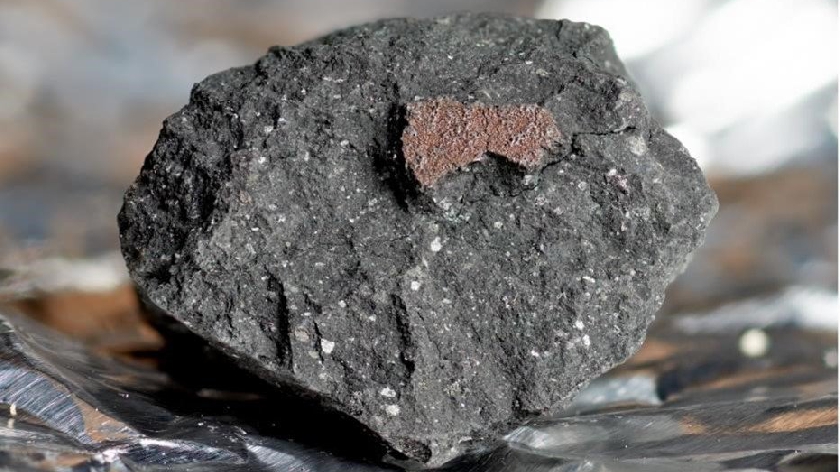
In a major event for UK science, the fireball meteorite that "lit up the sky" on Sunday 28th February, has been found.
People from Milton Keynes and beyond took to social media to share their footage of the meteor, which was visible for around seven seconds shortly before 10pm.
Ivor, from Old Farm Park, shared a video of the meteor on social media - a video that impressed viewers from all over the world.
And today (9/3), it has been revealed that almost 300g of a very rare meteorite, known as a carbonaceous chondrite, survived its fiery passage through the Earth’s atmosphere and landed on a driveway in the small Cotswold town of Winchcombe.
Other pieces of this exceptional meteorite have now been recovered in the local area. Specialised cameras across the country as part of UKFAll were able to recreate the flight path, allowing scientists to determine exactly where in the solar system it came from, and predict where it fell.
The original space rock was travelling at nearly 14km per second before hitting the Earth’s atmosphere.
The meteorite was retrieved in such a good condition, so quickly after its fall, that it is comparable to the samples returned from space missions, both in quality and quantity.
Dr Richard Greenwood, Research Fellow in Planetary Sciences at the Open University, was the first scientist to identify and advise on the meteorite.
He said: "I was in shock when I saw it and immediately knew it was a rare meteorite and a totally unique event. It’s emotional being the first one to confirm to the people standing in front of you that the thud they heard on their driveway overnight is in fact the real thing."
Once the meteorite was identified as genuine, plans were made for it to be safely moved to the Natural History Museum where it will be properly cared for until it begins an official process of classification to establish its validity and scientific significance.
There are approximately 65 thousand known meteorites on Earth. Only 1206 have been witnessed to fall and of these only 51 are carbonaceous chondrites. Of these, only 51 of them are carbonaceous chondrites.
This is the first known carbonaceous chondrite to have been found in the UK, and the first meteorite recovered in the UK in 30 years. The last meteorite that was discovered in the UK was the Glatton meteorite that landed in a residential garden in 1991.
Carbonaceous chondrites, like the one just discovered, are made of a mixture of minerals and organic compounds – including amino acids. They are the most primitive and pristine materials of the solar system and can provide unique information on where water and the building blocks of life were formed and what planets are made from - some of the biggest questions asked by the scientific community.














